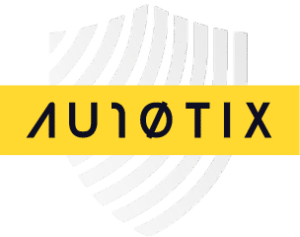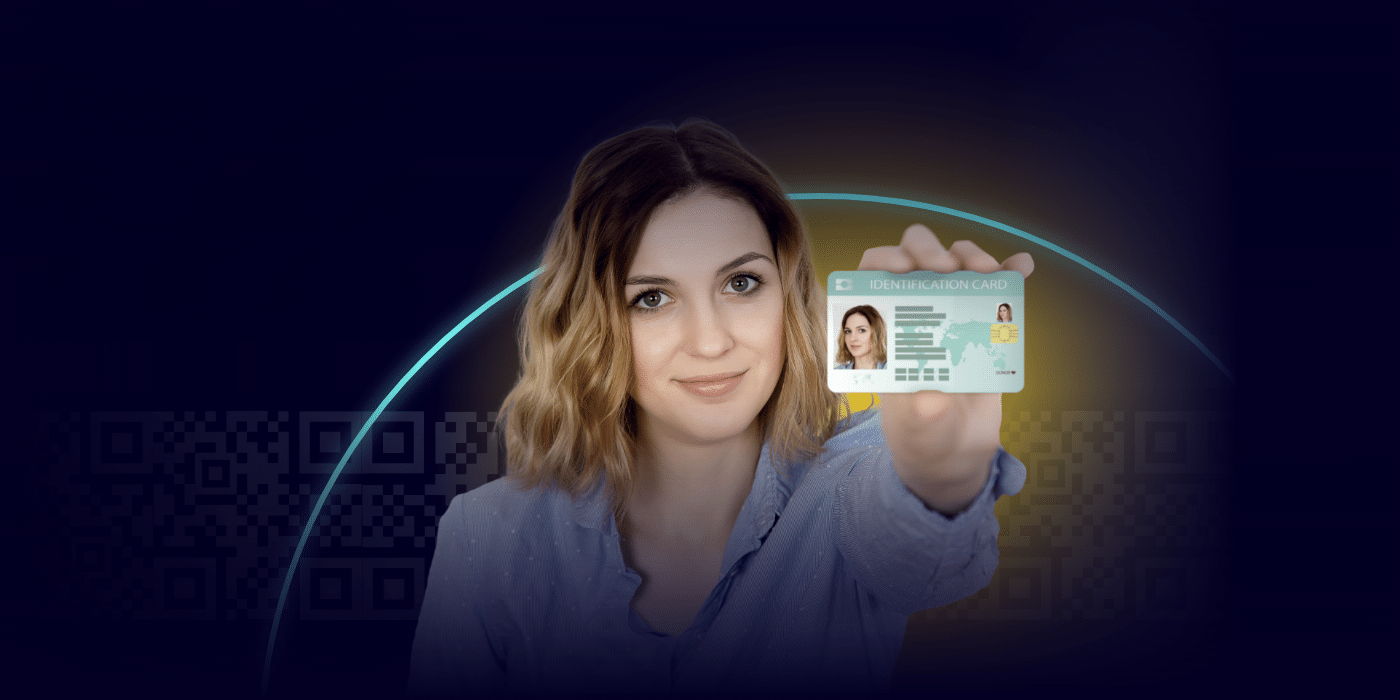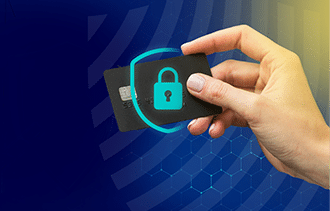Learning to spot a fake ID could save you from an onslaught of litigation. In the United States, several industries are particularly affected by the use of fake IDs, making them easily susceptible to risks and legal consequences.
Fake IDs are used in various ways, and not all instances involve underage drinking and access to bars and nightclubs.
Stores selling tobacco and vaping products are at risk if they inadvertently accept fake IDs from minors. Penalties can include fines and the potential loss of the ability to sell these products.
In states where cannabis is legal, dispensaries have the legal obligation of rigorously checking IDs to ensure compliance with age restrictions. Accepting a fake ID can result in significant legal repercussions, including fines and license revocation.
Movie theaters, concert halls, and other venues hosting age-restricted events must be vigilant against fake IDs. Failure to comply with age restrictions can lead to legal action and harm the venue’s reputation.
Banks and other financial institutions are susceptible too. Fake IDs can be used to open accounts or loan applications. These acts can lead to identity theft, fraud, and regulatory penalties in the financial industry.
Growing businesses are also responsible for performing for the identities of new hires. Accepting a fake ID can result in employing ineligible workers, a mistake that can be met with fines, particularly in industries with strict regulatory compliance requirements.
While fake IDs pose a very real and present threat to businesses, it is possible to peel back the layers of subterfuge that make them hard to combat. Your best bet is understanding what kinds of fakes exist and how to identify them.
Read more: Document Fraud: All You Need to Know to Detect and Prevent It
How to spot a fake ID
Forged ID
A legitimate ID copied or reproduced from scratch.
Borrowed ID
A real ID used by someone else to misrepresent their identity.
Altered ID
A legitimate ID altered to include different personal information.
The Most Common Types of Fake ID
Forgeries, borrowed, and altered IDs are the most common types of fake IDs you’ll encounter. Here’s a look at each fake.
Forged Fake IDs
A forged fake ID is based on a legitimate ID copied or created from scratch to establish a false identity. Given their nature, forged IDs are commonly used to commit fraud.
Borrowed IDs
A borrowed ID is a legitimate ID belonging to another person, which someone else uses to misrepresent their identity. Borrowed IDs are sometimes used to perpetrate fraud. Interestingly, minors often use borrowed IDs from older friends or siblings primarily to access age-restricted venues or purchase age-restricted products.
Altered IDs
An altered ID is a modified version of a government-issued ID where false information has been applied to replace legitimate details.
Common alterations include the photo, date of birth, name, or other identifying details, as altered IDs are typically used to misrepresent one’s identity or age. At the same time, alterations can include physical changes to the ID, such as scratching out, adding, or changing details, and more sophisticated methods like reprinting or overlaying information.
Read more: REAL ID Law: Requirements and Key Facts
How to Spot a Fake ID by State in 5 Steps
Like other counterfeits, fake IDs can appear in different formats, including one or a few telltale signs. What’s most important is that you develop a trained eye for detail. Fakes are produced with tools that offer a different quality production than specialized equipment for creating government-issued IDs.
This difference in production quality is what you want to rely on. It is easier to identify specific elements that should be present but aren’t, or that appear to be poorly designed. Here’s a 5-step process you can use to identify a fake ID quickly:
1. Check for Holograms Images
Genuine IDs use intricate, state-specific holograms that change appearance when viewed from different angles.
Holograms are challenging to replicate accurately. On a fake ID, they might appear less detailed, may not change in appearance when tilted, or could be absent. The quality and behavior of the hologram when exposed to light are crucial indicators of the ID’s legitimacy.
Types of hologram images commonly used include:
State Symbols: Many states use official symbols, such as state seals, flags, or emblems, as hologram images on their IDs.
State-specific Landmarks or Icons: Some states might include well-known landmarks or state-specific icons in their hologram designs.
State Outlines: The state’s outline or an abstract representation of its geographical shape is standard in many state ID holograms.
Security Patterns: Abstract security patterns, such as guilloche or intricate line patterns, are also widely used for their difficulty in replicating.
Microtext: Some states incorporate microtext, which is tiny text that is hard to duplicate, into their hologram designs.
Variable Features: Holograms might change appearance when tilted or viewed from different angles, a feature designed to add an extra layer of security.
2. Examine for Laser Embossing
Laser Embossing uses a laser to create a raised design or text on the ID card’s surface. It adds depth and texture to specific areas, usually seen in high-security documents like driver’s licenses or passports.
Authentic IDs often use laser embossing to display intricate patterns, state symbols, or personal information that is tactile and visually distinct. Fake IDs may lack this feature or have poorly replicated embossing. Under light, fake ID laser embossing appears blurry or smeared and holds the same color when exposed to light. Legitimate ID embossing is clear and precise and changes color under light.
3. Scrutinize Laser Perforations
Laser perforation is a high-security feature where a laser makes small holes through an ID card. These perforations form a specific pattern, image, logo, or number visible when the document is held up to the light.
The precision and intricacy of laser perforation make it a challenging feature for counterfeiters to replicate accurately. On genuine IDs, perforations are usually clean and precise, forming a recognizable pattern or readable number. Perforations are poorly executed, misaligned, or absent on a fake ID.
4. Make Ultraviolet photography or UV Imagery Visible
Ultraviolet photography, or UV imagery, captures images using ultraviolet light. To make spotting fake IDs easier, genuine IDs have security features only visible under UV light, such as hidden images, patterns, or text.
UV images are not visible to the naked eye under normal lighting conditions but are only under UV light. The absence of UV imagery or poor-quality reproductions that appear blurry or smeared can indicate that you’ve just encountered a fake ID.
5. Inspect Laminate Quality
Legitimate IDs feature a seamlessly applied laminate that is difficult to alter without noticeable damage. The laminate on genuine IDs is clear, firmly adhered, and evenly covers the entire surface of the card. Fake IDs may also have poorly applied laminate that looks like it is peeling, includes bubbles, or appears uneven.
Be Vigilant
Proving identity is integral to running any business today, and falling for a fake ID could easily make your business vulnerable to litigation, compliance issues, and fines. As fake IDs evolve like most counterfeits, train your people to spot fakes. Ensure that they can run through the 5-step process detailed above, looking for telltale signs in the form of missing elements that should be present or poorly designed components.
Screen and Onboard Trustworthy Customers Fast and Accurately
Transform your document verification from a manual, laborious process into a seamless, instant, secure, and frictionless customer experience.
Read more: Document Verification Software
FAQ on How to Spot a Fake ID
What physical features should I check on an ID?
Check that security features like holograms, watermarks, and UV images are present and appear good quality. Legitimate IDs also use well-applied laminate free from bubbles and peeling, covering the entire ID.
Can I identify a fake ID by the texture or material?
Genuine IDs have a specific feel and flexibility. Counterfeit IDs may feel flimsy, overly stiff, or have an unusual texture.
What should I look for in the photo on the ID?
Check if the photo matches the holder. Look for signs of tampering or photo replacement.
How can UV features help identify a fake ID?
UV imagery is only visible under UV light. Hold the ID under a UV light and look for an image that could be a state symbol, landmark, state outline, or security pattern.
What are the common mistakes in counterfeit IDs?
Fake IDs, such as misspelled words, incorrect formatting, or inaccurate personal information.
What are the legal ramifications of using a fake ID?
- Criminal Charges: Possession and use of a fake ID can result in misdemeanor or felony charges, depending on the state and the case circumstances.
- Jail Time: Potential sentences can include up to a year in jail for a misdemeanor fake ID crime, though shorter sentences like 30 or 90 days are more common. Felony charges can lead to longer jail terms.
- Fines: Individuals caught with a fake ID may face significant fines, often in addition to or in lieu of jail time.
- Criminal Record: Being convicted of using a fake ID can result in a criminal record,
- impacting future employment opportunities, education, and other areas of life.
- Probation: Instead of or in addition to jail time, individuals may be placed on probation, requiring them to meet certain conditions set by the court.
- Expulsion from Educational Institutions: Students caught with a fake ID may face disciplinary actions from their educational institution, including suspension or expulsion.
- Loss of Driving Privileges: In some cases, using a fake ID can lead to the suspension or revocation of driving privileges.







